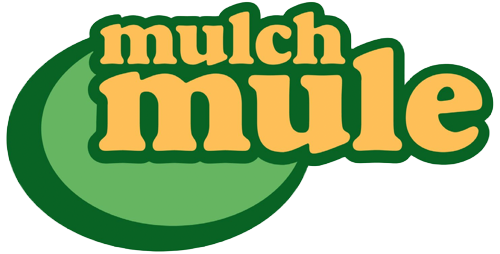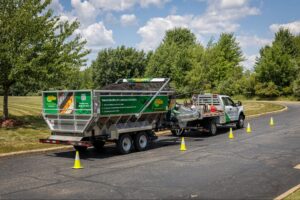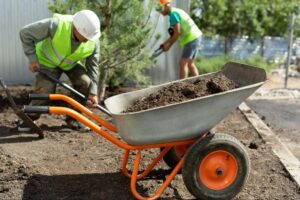Creating and maintaining stunning commercial landscapes begins with meticulous planning. From managing budgets to streamlining daily operations, strategic landscaping planning for commercial properties involves a wide range of responsibilities. Whether you’re tasked with maintaining a golf course, a public park, an HOA, or a corporate campus, a proactive approach ensures cost savings, heightened safety, and visually appealing outcomes.
Successful planning goes beyond aesthetics. It incorporates efficient workflows, addresses logistical challenges, and prioritizes the safety of employees and contractors. By leveraging innovative landscaping tools and implementing well-thought-out strategies, you can achieve long-term profitability while maintaining the pristine look of your property.
In this article, we’ll explore the key components of effective commercial landscaping planning. From budgeting tips to material management, you’ll also discover how adopting advanced solutions can enhance operational efficiency, keep costs under control, and support year-round productivity. By applying these insights, you can create a professional, safe, and cost-efficient landscaping operation tailored to the specific demands of large-scale commercial properties.
Importance of Strategic Landscaping Planning for Commercial Properties
A well-designed commercial landscape does more than enhance aesthetics—it serves as a reflection of the organization, HOA, or public enterprise it represents. A well-maintained property creates a welcoming atmosphere, conveys professionalism, and reinforces brand values. However, achieving this level of excellence requires more than just routine maintenance; it calls for strategic planning that harmonizes visual appeal with functionality and sustainability.
Strategic landscaping planning is essential for meeting the unique demands of commercial properties. It balances the need for pristine aesthetics with practical considerations (including cost management, environmental responsibility, and year-round functionality). By focusing on clear objectives, commercial property managers can effectively address these diverse needs while ensuring their landscapes remain a valuable asset.
4 Core Objectives of Effective Commercial Landscaping
Strategic planning revolves around several key goals that define successful landscaping for commercial properties:
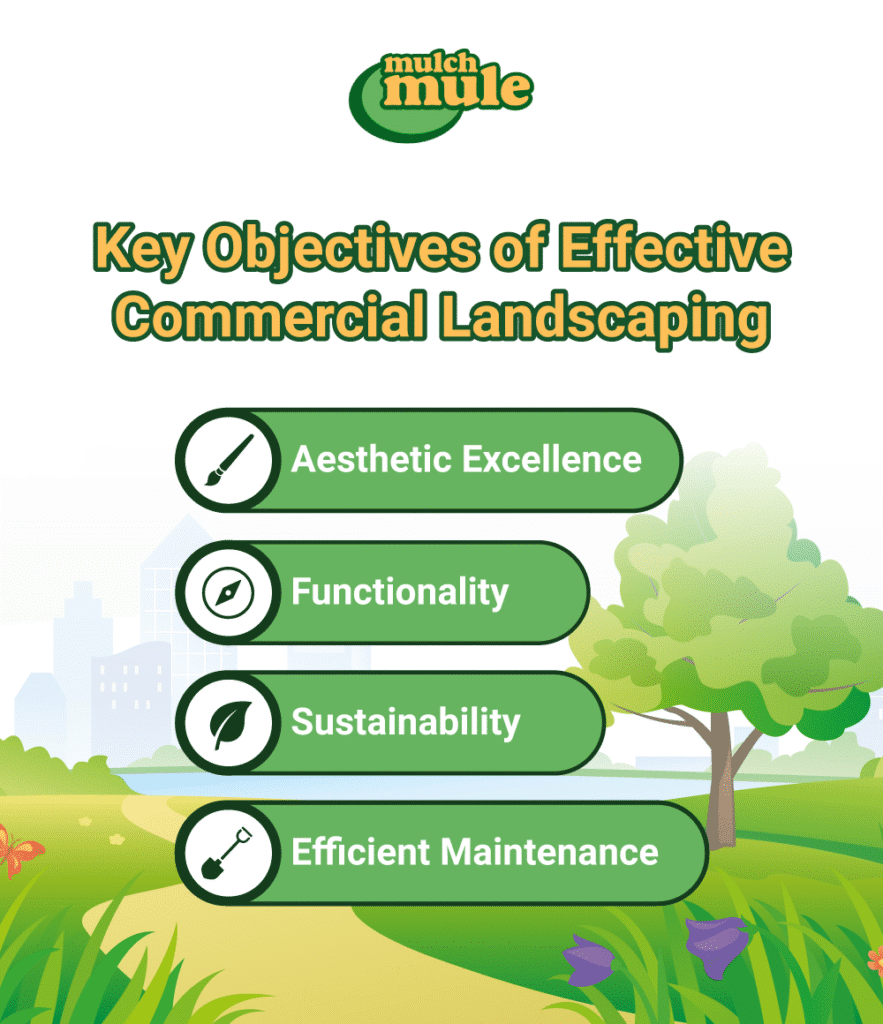
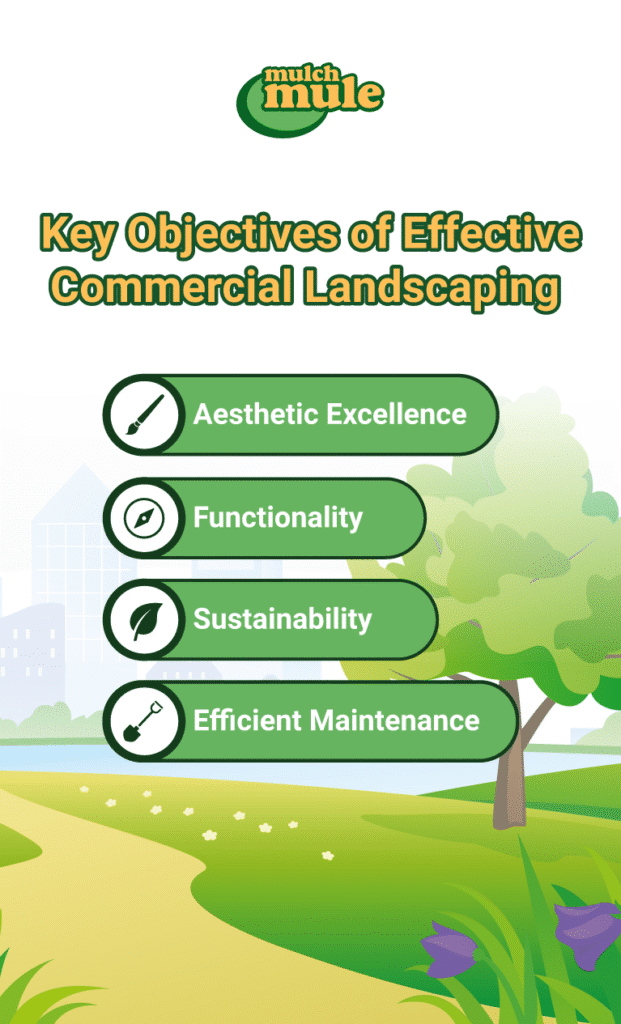
- Aesthetic Excellence: A visually appealing landscape—with vibrant plantings, neat lawns, and cohesive designs—leaves a lasting impression, creating value for property owners and tenants.
- Functionality: A landscape must be both beautiful and practical. This means ensuring that pathways are clear of obstructions, plants are well-suited to the local climate, and spaces are designed for ease of movement and use.
- Sustainability: Eco-conscious landscaping reduces environmental impact by conserving water, minimizing waste, and encouraging biodiversity. Selecting native plants and implementing efficient irrigation systems are just some of the ways that sustainability can be woven into your landscaping strategy.
- Efficient Maintenance: Large-scale properties require consistent upkeep to preserve their appeal and usability. Strategic choices—from selecting low-maintenance plants to incorporating tools and equipment that streamline labor—help keep maintenance manageable and cost-effective.
Overcoming the Challenges of Large-Scale Landscaping Projects
Managing expansive commercial properties, such as parks, golf courses, or corporate campuses, presents considerable challenges. The sheer size and complexity of these spaces often demand advanced coordination and effort to maintain. Tasks like scheduling maintenance, managing labor, and complying with regulations require diligent planning to avoid inefficiencies or disruptions.
On top of that, commercial landscaping is subject to external pressures—including water use restrictions, pest control regulations, and safety standards for workers and visitors. Failure to address these factors can lead to fines, safety hazards, or increased operational costs. Strategic planning helps you proactively navigate these challenges.
Budgeting for Efficient Landscaping Projects
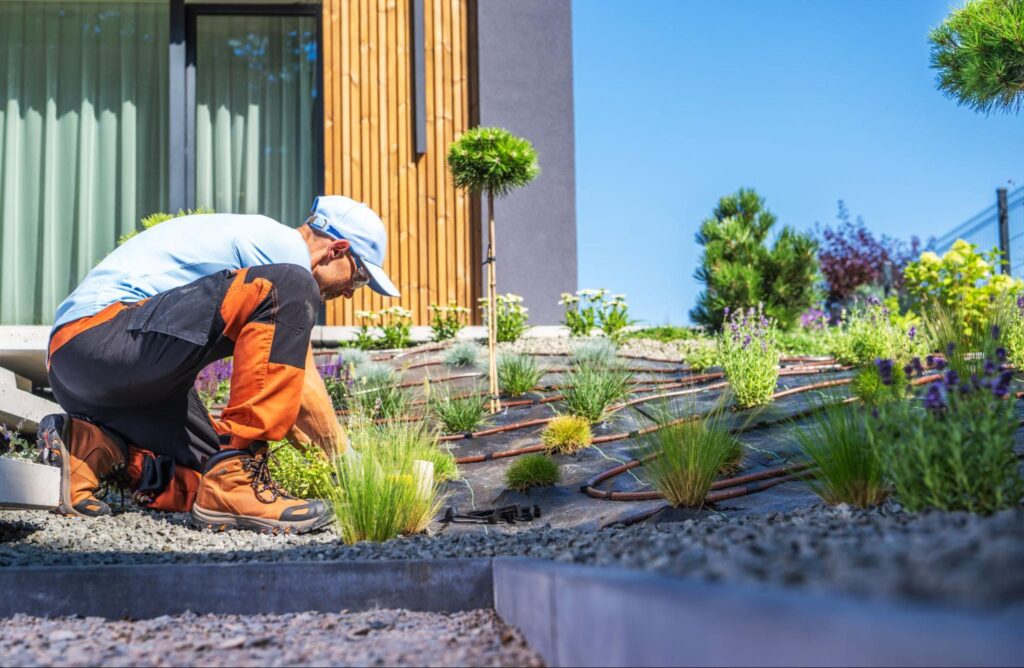
Smart budgeting is the backbone of successful landscaping planning for commercial properties. Every decision—from choosing materials to investing in equipment—has a financial impact. Effective resource allocation not only enhances the visual and functional quality of a landscape but also ensures long-term cost-efficiency and sustainability. Creating a well-thought-out budget allows property managers to meet their objectives without compromising on the quality of the project or exceeding financial limits.
Key Factors That Shape Your Landscaping Budget:
- Project Size and Scope: Larger properties, such as golf courses, university campuses, or sprawling parks, require more resources, staff, and supplies than smaller spaces. Expansive lawns demand more frequent upkeep, while intricate gardens with diverse plant species may need specialized care.
- Equipment Investments: Advanced landscaping tools and equipment can expedite workflows; however, they often represent a significant upfront cost. Investing in efficient equipment may initially seem steep, but its ability to automate labor-intensive tasks drastically reduces costs over time.
- Labor and Workforce Efficiency: Skilled labor is one of the largest ongoing expenses for commercial landscaping operations. However, efficiency improvements—such as reallocating workers to high-priority tasks while using equipment for repetitive, physical work—can help reduce overall labor costs without sacrificing quality.
- Maintenance and Long-Term Costs: Beyond initial installation, a well-designed landscape entails recurring expenses like irrigation, fertilization, pruning, and seasonal updates. Factoring these lifecycle costs into your budget enables informed decisions about plant selection, materials, and equipment.
To dig even deeper into creating the right budget for your project, you might find it useful to review How To Budget For Commercial Landscaping Services. Additionally, for those managing larger groups or communities, the article Maximizing Landscape Budgets for HOAs & Commercial Properties provides helpful tips.
A proactive budgeting approach not only preserves financial resources but also supports enhanced safety, productivity, and environmental responsibility.
Material Management Strategies for Commercial Landscaping
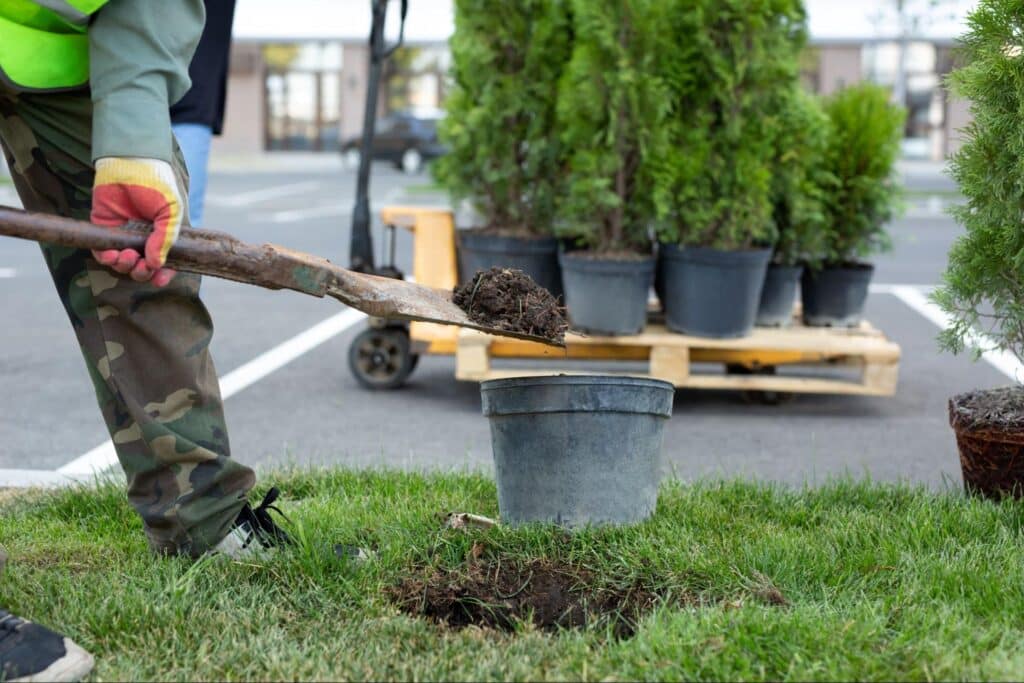
Efficient material management is the backbone of successful commercial landscaping operations. Handling and distributing bulk materials—such as mulch, soil, stone, and aggregates—can become resource-intensive if not properly optimized. Poor material handling may lead to wasted resources, project delays, and increased labor costs. By adopting streamlined strategies and leveraging advanced tools, you can enhance efficiency, reduce waste, and keep projects on track.
Best Practices for Material Handling and Distribution include:
- Proactive Project Planning: Estimate volume requirements accurately for mulch, soil, and other materials to prevent over- or under-ordering.
- Strategic Staging Areas: Designate organized staging zones close to work areas to streamline transportation.
- Leveraging Specialized Tools: Use purpose-built equipment (like loaders and trailers) to accelerate material transport and distribution.
- Team Coordination: Clearly assign roles to maintain efficient, synchronized workflows.
Safety Best Practices in Landscaping Operations
Commercial-scale landscaping comes with inherent risks—from operating heavy equipment to managing debris and unpredictable weather conditions. Prioritizing safety protects employees and reduces downtime and costs. Addressing workplace safety proactively enhances productivity and fosters a culture of trust.
Common Safety Challenges include:
- Heavy Lifting and Repetitive Tasks resulting in musculoskeletal strain.
- Debris Management that, if inefficient, creates hazards.
- Equipment Use that requires proper training and maintenance.
- Weather-Related Hazards where extreme conditions can impact health.
Recommended safety guidelines—such as OSHA’s Safety Guidance for Landscaping—can help structure training and operations. Additionally, planning workflows around potential health risks in summer or extreme heat is important. Proactive safety measures include ergonomic solutions, efficient debris removal processes, and proper scheduling. Advanced tools automate repetitive tasks and are designed with ergonomics in mind—lessening physical stress on workers and significantly enhancing jobsite safety.
Realizing the Full Potential of Commercial Landscaping with Mulch Mule
Streamlining commercial landscaping operations requires equipment that balances efficiency, safety, and versatility. The Mulch Mule stands out as a game-changing solution for handling diverse tasks across golf courses, property management companies, parks, and other large-scale landscapes. From mulch and soil to leaves and aggregate, this equipment transforms how materials are distributed, reducing labor-intensive processes and improving operational outcomes.
The value of the Mulch Mule goes beyond its functionality—it’s an investment in productivity, safety, and long-term cost savings. Here’s how it helps commercial landscaping operations thrive:
- Accelerated Project Schedules: Automating time-consuming tasks means projects are completed faster.
- Lower Labor Costs: Reduced dependency on manual labor frees up resources without compromising quality.
- Enhanced Worker Safety: Ergonomic design minimizes heavy lifting and repetitive strain.
- Year-Round Performance: Adaptable enough to meet seasonal demands, making it a truly versatile asset.
The Mulch Mule transforms how commercial landscapers handle materials by integrating innovative, automated technology into daily operations. Its live floor system, precise curb-side discharge, and generous capacity streamline tasks while reducing the need for manual labor—a key benefit when managing large-scale projects.
With the ability to repurpose your manpower and take on more projects because of its efficiencies, the Mulch Mule material handler is an investment that can pay for itself.
Catch a quick glimpse of the Mulch Mule at work with this quick video below.
Maximizing Productivity Year-Round with Flexible Landscaping Equipment
Commercial landscaping demands versatility as properties face shifting seasonal requirements. Whether it’s planting in spring, maintaining vibrant lawns during summer, or cleaning up in fall, your equipment must support diverse tasks and seasonal demands.
To help meet these varying challenges, investing in adaptable, multi-purpose tools like the Mulch Mule is critical. Whether it’s distributing mulch, clearing debris, or transporting aggregates, the equipment’s flexibility keeps teams productive throughout the year.
The Impact of Innovative Landscaping Equipment on Operations
Innovation in landscaping equipment drives efficiency, safety, and productivity. Modern tools automate repetitive tasks, manage bulk materials seamlessly, and enhance worker protection—ultimately boosting overall performance.
Key Innovations Transforming Landscaping Operations include:
- Live Floor Systems, which use moving slats to move materials efficiently.
- Hydraulic jacks and enhanced suspension that simplify secure material transport.
- Vacuum debris loaders that reduce the need for manual cleanup.
- Precision material discharge systems for accurate placement and minimal waste.
- Fuel-efficient engines and general environmental stewardship goals.
The Mulch Mule exemplifies these advances, offering features that optimize material handling while reducing physical loads. Its quick material transfer and ergonomic design directly translate to savings on labor and improved safety on the job.
Sustainability and Environmental Considerations in Landscaping
Sustainability has become a central focus in commercial landscaping. Adopting eco-friendly practices not only meets regulatory requirements but also demonstrates a commitment to protecting natural resources and lowering long-term costs. Sustainable landscaping practices improve the overall appeal and functionality of commercial properties.
Key Sustainable Landscaping Practices include:
- Minimizing Waste by using precise material distribution methods.
- Energy-Efficient Equipment that reduces fuel consumption and emissions.
- Water Conservation achieved through drought-tolerant plantings and efficient irrigation.
- Using Eco-Friendly Products such as organic mulches, composts, and fertilizers.
Innovative tools like the Mulch Mule combine functionality and precision to help further sustainability goals. With fewer trips needed to transport materials and exact distribution of resources, you can reduce waste, conserve energy, and maintain a greener operation.
Commercial Landscaping Planning Done Right
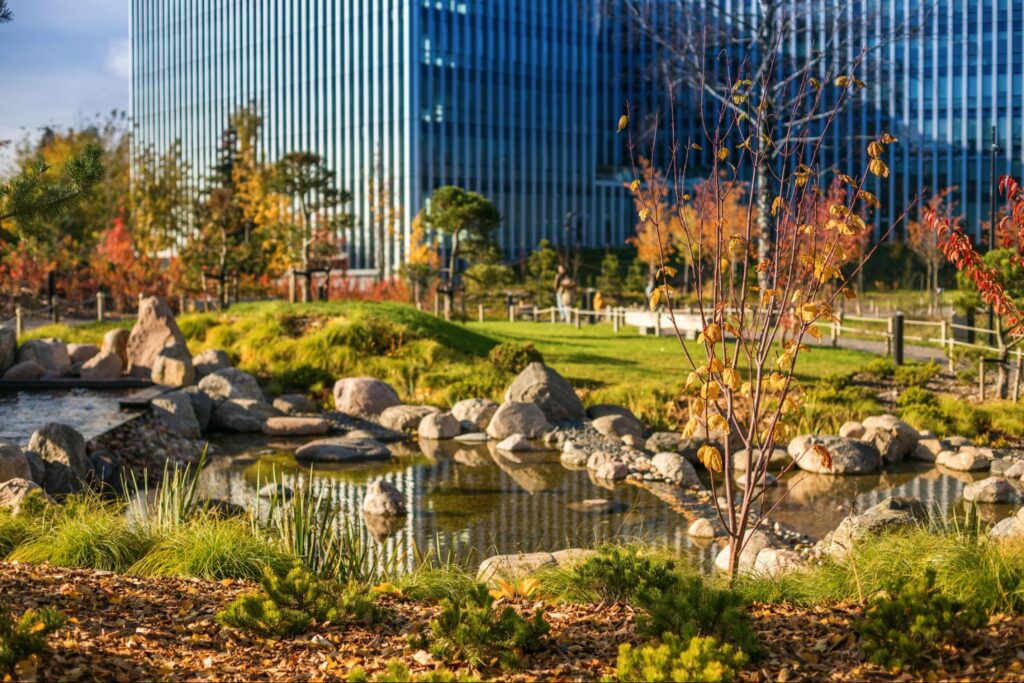
Strategic landscaping planning is vital for achieving efficiency, profitability, and an impressive aesthetic for commercial properties. By focusing on smart budgeting, streamlined material management, safety-first practices, and sustainable operations, businesses can build a reliable framework for long-term success. Combining these strategies with innovative equipment enables property managers to overcome challenges, boost productivity, and consistently deliver exceptional results.
Elevate your landscaping operations with solutions designed to make your workflow smarter and more efficient. Discover how the Mulch Mule can redefine your material handling, reduce expenses, and enhance worker safety. Take the first step toward transforming your business and see firsthand how you can streamline operations, save resources, and deliver outstanding results for your commercial properties.
